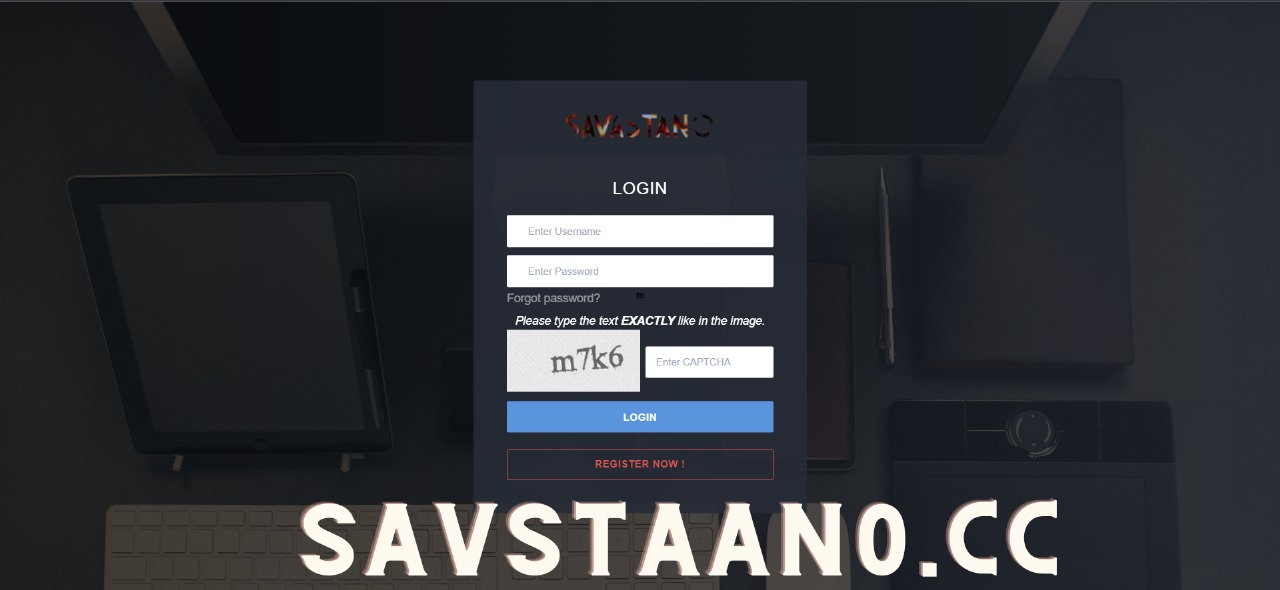Credit card records is one of the maximum treasured and sought-after commodities in the cybercrime marketplace. Hackers can use stolen credit score card records to make fraudulent purchases, promote it to different criminals, or even use it to launch greater sophisticated attacks. One of the maximum notorious and elusive hackers who focuses on stealing credit score card records is Savastan0, a mysterious cybercriminal who has been running since as a minimum 2020.
Savastan0 is known for his ability to exploit vulnerabilities in various systems and networks that process or store credit card data. He targets merchants, service providers, acquirers, and even payment card industry (PCI) standards organizations. He uses a variety of techniques and tools to infiltrate, exfiltrate, and manipulate credit card data, often without being detected or traced. Some of the common vulnerabilities that Savastan0 exploits are:
– **Storage of prohibited data**: According to the PCI Data Security Standard (PCI DSS), merchants and other entities involved in payment card processing are not allowed to store certain types of cardholder data, such as the full 16-digit card number, the card verification code, or the magnetic stripe data. These data elements are highly sensitive and can be used to clone or counterfeit cards. However, some merchants may store these data either intentionally or unintentionally, due to poor security practices, outdated systems, or human error. Savastan0 can exploit this vulnerability by scanning for and finding these data on servers, databases, or files, and then stealing them using malware, SQL injection, or other methods⁴⁵.
– **Un-patched systems**: Many systems and networks that handle credit card data may have known vulnerabilities that can be exploited by hackers. These vulnerabilities may be due to software bugs, configuration errors, or outdated versions. The PCI DSS requires merchants and other entities to regularly update and patch their systems and networks to address these vulnerabilities and protect cardholder data. However, some entities may additionally fail to accomplish that, either due to loss of sources, awareness, or oversight. Savastan0 can exploit this vulnerability by means of scanning for and finding un-patched systems and networks, after which exploiting them the use of recognized or zero-day exploits, together with buffer overflows, move-web page scripting, or far off code execution.
– **Vendor default settings and passwords**: Many systems and networks that handle credit card data may come with vendor default settings and passwords that are intended to facilitate installation and configuration. However, these default settings and passwords may also be easily guessed or discovered by hackers, especially if they are not changed or removed after installation and configuration. The PCI DSS requires merchants and other entities to change vendor default settings and passwords to secure ones that are unique and complex. However, some entities may neglect to do so, either due to ignorance, convenience, or negligence. Savastan0 can exploit this vulnerability by scanning for and finding systems and networks with vendor default settings and passwords, and then accessing them using brute force, dictionary, or credential stuffing attacks⁴⁵.
– **Poorly coded web facing applications**: Many merchants and other entities may use web facing applications to facilitate online transactions, such as e-commerce websites, payment gateways, or mobile apps. These web facing applications may process or store credit card data, or transmit it to other systems or networks. However, these web facing applications may also have coding flaws or design weaknesses that can be exploited by hackers. The PCI DSS requires merchants and other entities to develop and maintain secure web facing applications that follow secure coding guidelines and best practices. However, a few entities might also fail to accomplish that, both because of lack of abilties, trying out, or quality warranty. Savastan0 can exploit this vulnerability by way of scanning for and finding poorly coded web going through applications, after which injecting malicious code or instructions into them, consisting of SQL injection, go-web page scripting, or cross-web page request forgery.
– **Unnecessary services on servers**: Many servers that handle credit card data may run various services or processes that are not essential for their functionality or security. These services or processes may consume resources, create noise, or open ports that can be exploited by hackers. The PCI DSS requires merchants and other entities to disable or remove unnecessary services or processes on their servers to reduce their attack surface and improve their performance. However, a few entities may additionally fail to do so, either because of lack of knowledge, documentation, or protection. Savastan0 can make the most this vulnerability by using scanning for and locating servers with unnecessary offerings or procedures, after which exploiting them using provider-precise assaults, consisting of denial-of-provider, guy-in-the-center, or port scanning.
Savastan0 is a formidable and dangerous hacker who poses a severe danger to the safety of credit score card statistics and the integrity of the charge card enterprise. He has been capable of prevent detection and capture for years, regardless of the efforts of regulation enforcement and safety researchers. He has also been capable of adapt and evolve his techniques and equipment to triumph over new safety features and demanding situations.To protect themselves from Savastan0 and other hackers, merchants and other entities involved in payment card processing must comply with the PCI DSS and implement robust and comprehensive security controls and practices. They must also monitor and audit their systems and networks regularly, and report and respond to any suspicious or anomalous activities or incidents. By doing so, they can reduce the risk of credit card data breaches and the associated costs and consequences.
